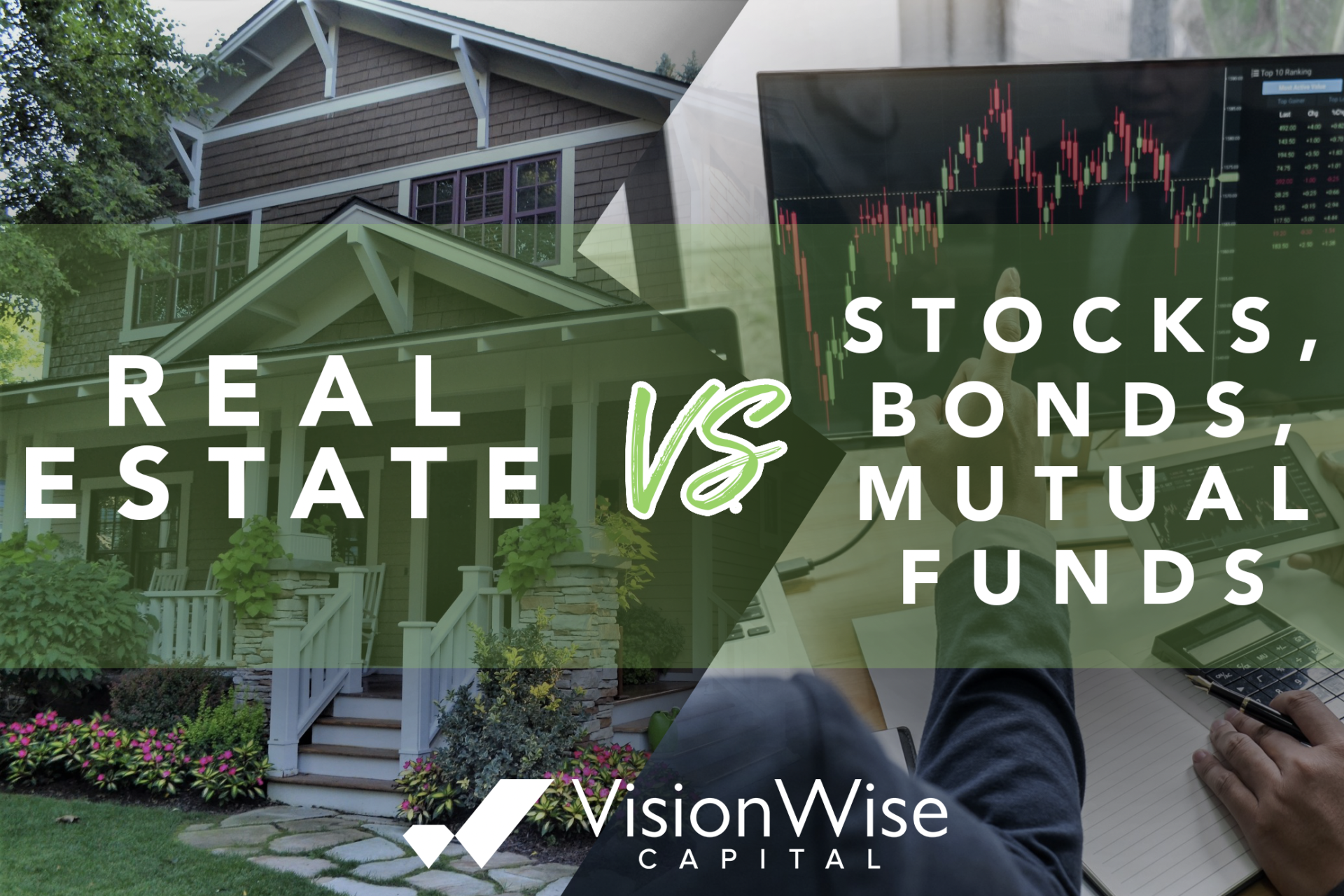Over the course of my career, I have found investors generally distrust the stock market. In fact, the volatility frightens them. They intuitively know the first rule of investing is “Don’t lose money!”, yet Americans continue to wager the bulk of their retirement lifestyle on valuation swings almost completely controlled by strangers. And that’s not right!
When it comes to saving for retirement, most investors are familiar with stocks, bonds, and mutual funds by name. They find security in the “Five Stars”, a rating system designed to identify stocks and mutual funds trading “meaningfully below fair value.” Morningstar, Inc., a global financial services firm headquartered in Chicago, created this rating system to make it simpler for private investors to make purchasing decisions from the very complex analytics needed to determine the risk-adjusted value of a stock or mutual fund. This credential of “stars”, however, has the statistical reputation of helping investors buy well, but offers an inadequate method for determining when to sell. By the time a mutual fund audits their returns and gets their “Star Rating”, a reward for their performance, the biggest move in price for this company is already over, and what comes after a peak is rarely in the investors best interest. By the next year, when investors review their Morningstar Report, it is not uncommon for last year’s top 25 funds to be under-performers in the current year.
Here is a suggestion, and it does not entail getting rid of all stocks, bonds, and mutual funds in your portfolio, that would be impractical and unwise. The answer is balance. To minimize the risk of losing money when the market cycle shifts, an investment portfolio needs to be balanced in a way that offsets market occurrences as much as reasonably possible. This requires that your basket of investments not mirror one another, like buying all tech stocks because you think the internet will never go out of business. That may be true, but we learned in 2000 that remaining “in business” can be deeply disrupted at times, leaving you as an investor “unprotected”.
Of course, this assumes that all investment products are available to you as an investor. When shopping for an investment, much like shopping for groceries in a supermarket, you must have access to all the aisles. If you are only given access to aisles 4 – 10, you will invariably miss out on some of the healthiest compliments to what could have been a balanced basket of nutrition. Having access to all of your investment choices is every investor’s right.
As a former Registered Investment Advisor, I regularly worked with clients who wanted to know…” Is my investment portfolio well-structured?”. When examining their holdings, it was not uncommon to discover the same stocks in different forms – for instance, owning Microsoft common shares, while also holding a large percentage of tech-oriented mutual funds.
In one instance, a gentleman was so careful to diversify his portfolio that he owned 106 different mutual funds across seven different brokerage accounts. 106! He asked me to review his holdings and was rather pleased with his researched selections. When I researched the stocks in each of his funds, he owned an aggregate position of 46% Microsoft and another 32% in Apple. That exposure meant that the same news headline that could have impacted one company would have likely impacted 78% of this gentleman’s retirement savings and lifestyle. (Watch for a future blog when we discuss “How Diversification Can Be A Sedative.”)
Remember that real estate is an asset class that is viewed by wealth advisors and others as a “non-correlating” asset, which means it does not move in price due to the same triggers as do public stocks, bonds, and mutual funds. This is a way to balance your portfolio, by offsetting the risks of stock with an asset that beats to a different drum. For instance, when the stock market has a down cycle, gold, silver, and real estate generally do well. During recessions, investors will retreat and buy assets they can see, feel, and touch. You will often find a greater demand for real estate during times when investors are disgruntled with economic volatility as seen through their portfolio value.
Real estate offers investors a healthy investment alternative by being where everyone either lives or works. Real estate provides tried and true portfolio balance, with strategies that might fluctuate in value, but will never go away. Perhaps now is the time for you to consider your real estate investment option with VisionWise Capital!


